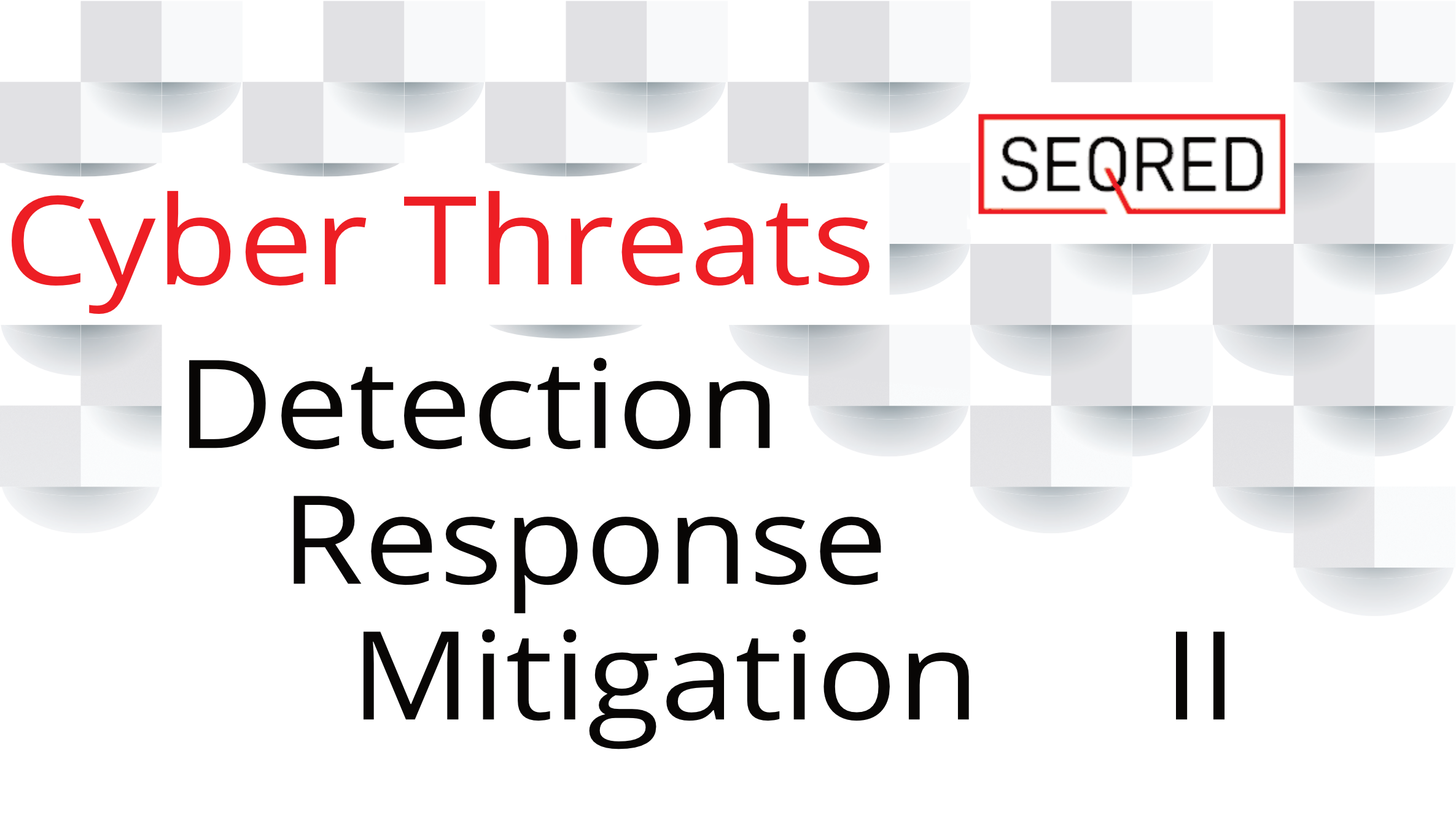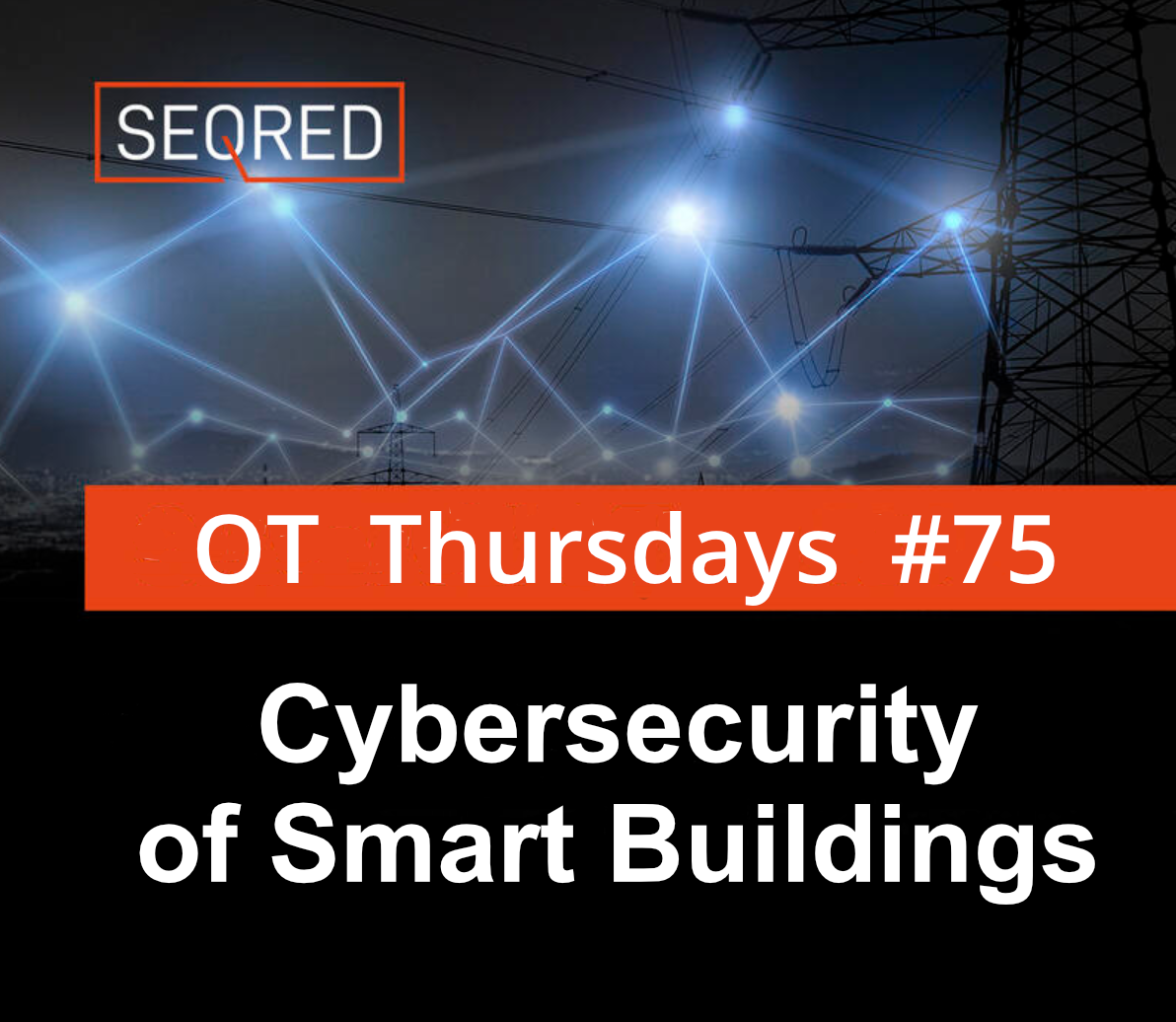Cyber Threats – Detection, Response, Mitigation II

Mitigations
The following advice can enhance organisations’ cyber resilience against cyber threats.
Preparedness
Establish Reporting Procedures and Ensure Cybersecurity staff continuity
Establish your ‘go-to persons’ list for the case of a suspected incident with clear roles and responsibilities.
Ensure staff is aware of the list and know-how and when to report an incident.
Cybercriminals are known to target organisations on weekends and holidays to take advantage of the potential lack of cybersecurity personnel onsite able to respond to an attack. Identify support IT/OT security personnel who can be available on-demand to respond to an incident. This is especially important in the case of Critical Infrastructure organisations which should proactively protect themselves by minimising gaps in coverage.
Assign IT/OT security personnel to monitor strategic internal security capabilities and who are able to recognise unusual behaviour and flag any identified Indicators of Compromise (IOCs) and Tactics, Techniques and Procedures (TTPs) for instant response.
Design, keep up-to-date, and practice a Cyber Incident Response,
Resilience and Business Continuity Plan
Design, keep up-to-date, and practice a Cyber Incident Response, Resilience, and Business Continuity Plan.
Check that staff knows the main action plan points they need to follow in case of an incident (Do they have the required access? Are they familiar with the processes?)
In the specific case of OT assets/networks
Develop a resilience plan which considers how to ensure business continuity in case of loss of control of the IT and/or OT environment.
Determine the interdependencies of the OT and IT networks and have documented workarounds in place or manual controls to be able to isolate ICS networks if the connections present risk to the safe and reliable operation of OT processes. Drill contingency plans on a regular basis, especially aspects relating to manual controls, so that in case of a cyber incident safety-critical functions can be sustained. Verify that the OT network can work at the required capacity even if the case were the IT network is compromised.
Test manual controls regularly for critical functions can be operational in case ICS or OT network must be taken offline.
Introduce data backup procedures on both the IT and OT networks. Run backups frequently and regularly. Also, test backup procedures on a regular basis ensuring backups are isolated from network connections.
Independently of the backup procedure, generate recovery documents containing configuration settings for common devices and critical OT equipment. These can speed up recovery from a cyber incident.
Enhance your Organisation’s Cyber Posture
Identity and Access Management
Require Multi-Factor Authentication (MFA) for all users, no exceptions.
Introduce a strong passwords policy for accounts. Prohibit the use of the same password across multiple accounts or to be stored on a system connected to the network.
Introduce a strong password policy for service accounts.
Secure credentials using virtualising solutions, disabling the storage of clear-text passwords in LSASS memory, and other techniques.
Protective Controls and Architecture
Identify, detect, and follow up unusual activity that could be the indicator of a threat actor’s or malware’s lateral movements. Deploy network monitoring tools and host-based logs and monitoring tools, especially tools specifically useful for detecting lateral connections such as an Endpoint Detection and Response (EDR) tool.
Enable strong spam filters to prevent phishing emails (including those with executable files) from reaching end-users and raise user online safety awareness.
Implement fitting network segmentation between IT and OT networks as it diminished the hacker’s ability to infiltrate the OT infrastructure in case the IT network is compromised.
Define a Demilitarized Zone (DMZ) that stops uncontrolled communication between the IT and OIT networks.
Organise OT assets into logical zones by considering criticality, consequence, and operational necessity. Define acceptable communication conduits between the zones and deploy security controls to filter network traffic and monitor communications between zones. Prohibit ICS protocols from crossing the IT network.
Vulnerability and Configurations Management
Update operating systems, other software, applications, and firmware on IT network assets, in a timely manner. Make patching known exploited Common Vulnerabilities and Exposures (CVEs) your priority, followed by critical and high vulnerabilities that allow for remote code execution or denial-of-service on internet-facing equipment.
Use industry-recommended antivirus programs set to conduct regular scans of IT network assets using up-to-date signatures.
Disable all unnecessary ports and protocols.
Ensure OT hardware is in read-only mode.
Do you suspect your system might have been compromised?
SEQRED offers comprehensive cybersecurity services solutions.
To discuss your requirements, contact SEQRED at [email protected].
About this guide
This article was written based on the joint Cybersecurity Advisory authored by CISA. You can read it here.





0 Comments